Home>Articles>Which Way Is A Fan Supposed To Turn In The Summer
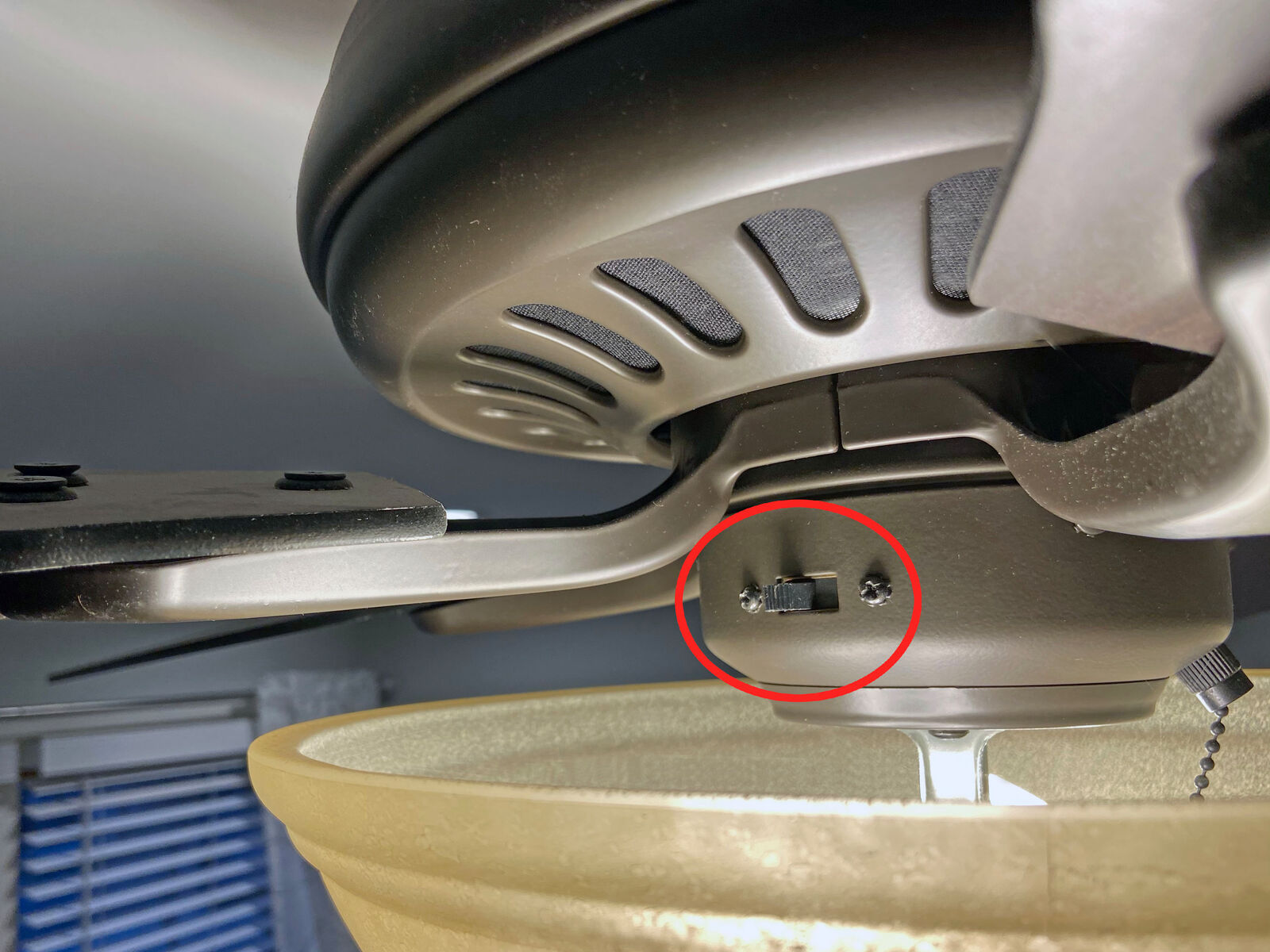

Articles
Which Way Is A Fan Supposed To Turn In The Summer
Modified: August 28, 2024
Discover the essential knowledge about which way a fan is supposed to turn in the summer. Read articles that provide insights on fan direction and stay cool all season long.
(Many of the links in this article redirect to a specific reviewed product. Your purchase of these products through affiliate links helps to generate commission for Storables.com, at no extra cost. Learn more)
Introduction
When summer rolls around, finding ways to beat the heat becomes a top priority. While air conditioning is a popular choice, it can often lead to high energy consumption and soaring utility bills. That’s where ceiling fans come in. Not only do they provide a cost-effective cooling solution, but they also add a touch of style to any room.
Understanding how ceiling fans work and how to optimize their performance is essential for staying cool during the summer months. One crucial aspect to consider is the direction in which the fan blades should turn. Surprisingly, the direction plays a significant role in determining the cooling effect provided by a fan.
In this article, we will delve into the mysteries of fan blade direction and uncover the optimal setting for maximum cooling efficiency during the summer season. We will also debunk common misconceptions and provide valuable tips for making the most out of your ceiling fan.
Key Takeaways:
- Optimize your ceiling fan’s cooling efficiency by setting the blades to rotate counterclockwise during summer, creating a refreshing breeze without lowering the room temperature.
- Debunk common myths about ceiling fans, such as the misconception that higher fan speeds mean better cooling, and maximize efficiency by incorporating other cooling methods alongside fans.
Read more: Which Way Should Fan Blow In Summer
Understanding Ceiling Fans
How do ceiling fans work?
Before we delve into the intricacies of fan blade direction, let’s take a moment to understand how ceiling fans work. Unlike air conditioners that lower the temperature of a room, ceiling fans create a cooling effect through air circulation.
When you switch on a ceiling fan, the motor drives the rotation of the blades, pushing air downwards. As the air moves, it creates a breeze that reaches your skin. This breeze accelerates the evaporation of moisture on your skin, making you feel cooler than the actual room temperature.
Benefits of using ceiling fans during summer
There are several advantages to using ceiling fans as a primary cooling method during the summer months:
- Energy-efficient: Ceiling fans consume significantly less energy compared to air conditioners, helping to reduce your electricity bills.
- Cost-effective: Installing and maintaining ceiling fans is more budget-friendly than purchasing and servicing air conditioning units.
- Versatility: Ceiling fans provide both cooling and ventilation. They can be used alone or in conjunction with other cooling methods, such as open windows or air conditioners set to higher temperatures.
- Aesthetic appeal: Ceiling fans come in a wide range of designs and styles, allowing you to enhance the visual appeal of your space while keeping it cool.
- Year-round use: Ceiling fans can also be used in winter to circulate warm air that rises to the ceiling, improving heating efficiency.
By utilizing ceiling fans effectively, you can significantly reduce your reliance on air conditioning, conserve energy, and enjoy a comfortable living environment even during the hottest summer days.
Direction of Fan Blades
Read more: What Way Should Ceiling Fan Turn In Summer
The importance of fan blade direction
You may be surprised to learn that the direction in which your ceiling fan blades rotate plays a crucial role in determining the cooling effect. This is because the direction of rotation determines the airflow pattern produced by the fan. Understanding the optimal direction for different seasons is essential for maximizing the efficiency of your ceiling fan.
Clockwise vs. counterclockwise rotation
Ceiling fans typically have a switch on the motor housing that allows you to change the direction of the blades. The two main options are clockwise (reverse) rotation and counterclockwise (forward) rotation. Let’s take a closer look at each:
Clockwise (reverse) rotation
During the cooler months, using the clockwise rotation setting on your fan can help distribute warm air trapped near the ceiling downwards. This reverses the airflow direction, creating a gentle updraft that pushes warm air back into the room. This is particularly beneficial for rooms with high ceilings or during colder seasons when you want to make the most of your heating system.
Counterclockwise (forward) rotation
For summer cooling, you’ll want to set your ceiling fan to the counterclockwise rotation direction. In this mode, the blades move in a forward motion, pushing air downwards. This creates a cooling breeze that directly impacts your body, providing immediate relief from the heat.
By adjusting the fan blade direction to match the season, you can optimize the cooling or heating effect of your ceiling fan, making it a versatile and efficient solution for year-round comfort.
Setting Fan Direction in Summer
Optimal direction for cooling during summer
When the hot summer months arrive, it’s crucial to set your ceiling fan to the optimal direction for maximum cooling efficiency. During summer, you should set your fan to rotate in a counterclockwise direction, also known as the forward or summer setting. This setting creates a direct downward airflow that produces a cooling breeze in the room.
With the counterclockwise rotation, the fan blades push air downwards, creating a wind-chill effect. This breeze evaporates moisture on your skin, making you feel cooler without actually lowering the room temperature. This is why it’s important to ensure that your ceiling fan is set to the correct direction during the summer months.
Read more: Which Way Does A Ceiling Fan Go In Summer
Adjusting fan direction for different room sizes
The size of the room can also impact the effectiveness of your ceiling fan. For larger rooms, you may need to adjust the fan speed or consider installing multiple fans to ensure optimal air circulation. In spacious rooms, it’s crucial to position the fan in the center of the room to maximize its reach and evenly distribute the airflow.
Smaller rooms, on the other hand, may require a lower fan speed to prevent the airflow from becoming too intense. Positioning the fan closer to the center of the room can help create a more comfortable cooling effect for these smaller spaces.
It’s important to note that each room may have unique characteristics, such as high ceilings or furniture placement, which can affect the airflow pattern. Experimenting with different fan speeds and blade direction settings can help you find the ideal configuration for your specific room size and layout.
By selecting the appropriate fan direction and adjusting for room size and layout, you can harness the full cooling potential of your ceiling fan and create a comfortable and refreshing environment during the sweltering summer heat.
Misconceptions and Myths
Debunking common misconceptions about fan direction
When it comes to ceiling fans and their direction, there are various misconceptions that often lead to confusion. Let’s debunk some of the most common myths:
Myth: Ceiling fans cool the room. Ceiling fans do not actually lower the temperature of the room. Instead, they create a cooling effect by circulating air and creating a breeze that helps to evaporate moisture from your skin, making you feel cooler. The airflow provides immediate relief but doesn’t change the actual room temperature.
Myth: Running a ceiling fan in an empty room is a waste of energy. Some people believe that running a fan in an empty room is unnecessary and wastes energy. However, if you’re using a ceiling fan to cool a room, it’s still beneficial to run it even if no one is present. The fan helps to circulate air, preventing stagnation and ensuring a more even distribution of cool air throughout the room.
Myth: Ceiling fans cool the entire room. While ceiling fans can create a cooling breeze in the area directly beneath them, they do not cool the entire room equally. The effectiveness of a ceiling fan’s cooling effect diminishes the further you move away from it. To maximize the cooling effect, position yourself within the airflow path of the fan.
Myth: Higher speed means better cooling
One common misconception is that setting the ceiling fan to a higher speed will provide better cooling. However, this is not entirely true. While higher speeds may create more airflow, they can also lead to discomfort due to the increased airflow intensity. It’s important to find the right balance of speed that provides a cooling breeze without causing discomfort from excessive airflow.
Instead of solely relying on the fan speed, consider adjusting the direction of the fan blades to optimize the cooling effect. For summer cooling, set your fan to rotate in a counterclockwise direction at a comfortable speed. This creates the desired breeze without causing excessive airflow.
By debunking these common misconceptions and understanding the true functions of ceiling fans, you can make informed decisions and make the most out of your fan’s cooling capabilities.
Read more: Which Way Should The Fan Turn In The Winter
Tips for Maximizing Cooling Efficiency
Utilizing other cooling methods in conjunction with fans
While ceiling fans are a valuable cooling tool, incorporating other methods alongside them can further enhance your cooling efficiency. Consider the following tips:
- Open windows strategically: When the outside temperature drops lower than the indoor temperature, open windows during the cooler part of the day or at night to allow fresh air to circulate and cool the room.
- Use window coverings: Keep blinds, curtains, or shades closed during the hottest parts of the day to block out sunlight and prevent heat buildup in the room.
- Use portable fans: Place additional portable fans strategically around the room to create cross-ventilation and enhance air circulation.
- Utilize natural ventilation: If your home has a ventilation system or attic fan, use it to help draw out hot air and bring in cooler air from outside.
- Consider evaporative cooling: In dry climates, using evaporative coolers or placing bowls of ice in front of fans can add a refreshing boost to the cooling effect.
Maintenance tips for optimal fan performance
To ensure that your ceiling fan operates at its maximum efficiency, regular maintenance is essential. Here are some maintenance tips:
- Clean the blades: Dust and dirt can accumulate on the fan blades, causing them to become less effective. Regularly clean the blades using a soft cloth or brush to remove any buildup.
- Check for loose screws or wobbly blades: Over time, the screws that hold the fan blades in place can become loose, causing wobbling and decreased performance. Inspect and tighten any loose screws to ensure stable operation.
- Lubricate moving parts: Apply a few drops of lubricating oil to the motor bearings and other moving parts to reduce friction and ensure smooth operation.
- Check for balance: If you notice excessive wobbling or shaking, use a balancing kit to adjust the blades and restore proper balance.
- Replace worn-out parts: Over time, fan blades, motor capacitors, and other components may wear out. If you notice any signs of damage or decreased performance, replace the worn-out parts as necessary.
By incorporating these tips and staying on top of regular maintenance, you can optimize the cooling efficiency of your ceiling fan and create a comfortable, refreshing environment throughout the summer.
Conclusion
Ceiling fans are a fantastic and cost-effective way to stay cool during the summer months. By understanding how ceiling fans work and the importance of fan blade direction, you can make the most out of your fan’s cooling potential. Setting the fan blades to rotate in a counterclockwise direction during summer allows for a refreshing breeze that can make you feel cooler without drastically lowering the room temperature.
Throughout this article, we debunked common misconceptions about ceiling fans and their direction. We learned that ceiling fans do not lower the room temperature but create a cooling effect through air circulation. We also debunked the myth that higher fan speeds mean better cooling and explored the significance of utilizing other cooling methods in conjunction with fans for maximum efficiency.
Additionally, we discussed the importance of regular maintenance for optimal fan performance. Keeping your fan blades clean, checking for loose screws or wobbling, lubricating moving parts, and replacing worn-out components are crucial for ensuring that your ceiling fan operates at its best.
Remember, ceiling fans are versatile and can be used year-round. In colder months, setting the fan to rotate clockwise helps distribute warm air throughout the room. By understanding the different settings and using them effectively, you can create a comfortable and energy-efficient living space all year long.
So, next time the summer heat becomes unbearable, turn on your ceiling fan, adjust the fan blade direction to counterclockwise, and enjoy the cooling breeze. With the right knowledge and proper maintenance, your ceiling fan will be your trusty companion in keeping you cool and comfortable throughout the summer season.
Frequently Asked Questions about Which Way Is A Fan Supposed To Turn In The Summer
Was this page helpful?
At Storables.com, we guarantee accurate and reliable information. Our content, validated by Expert Board Contributors, is crafted following stringent Editorial Policies. We're committed to providing you with well-researched, expert-backed insights for all your informational needs.
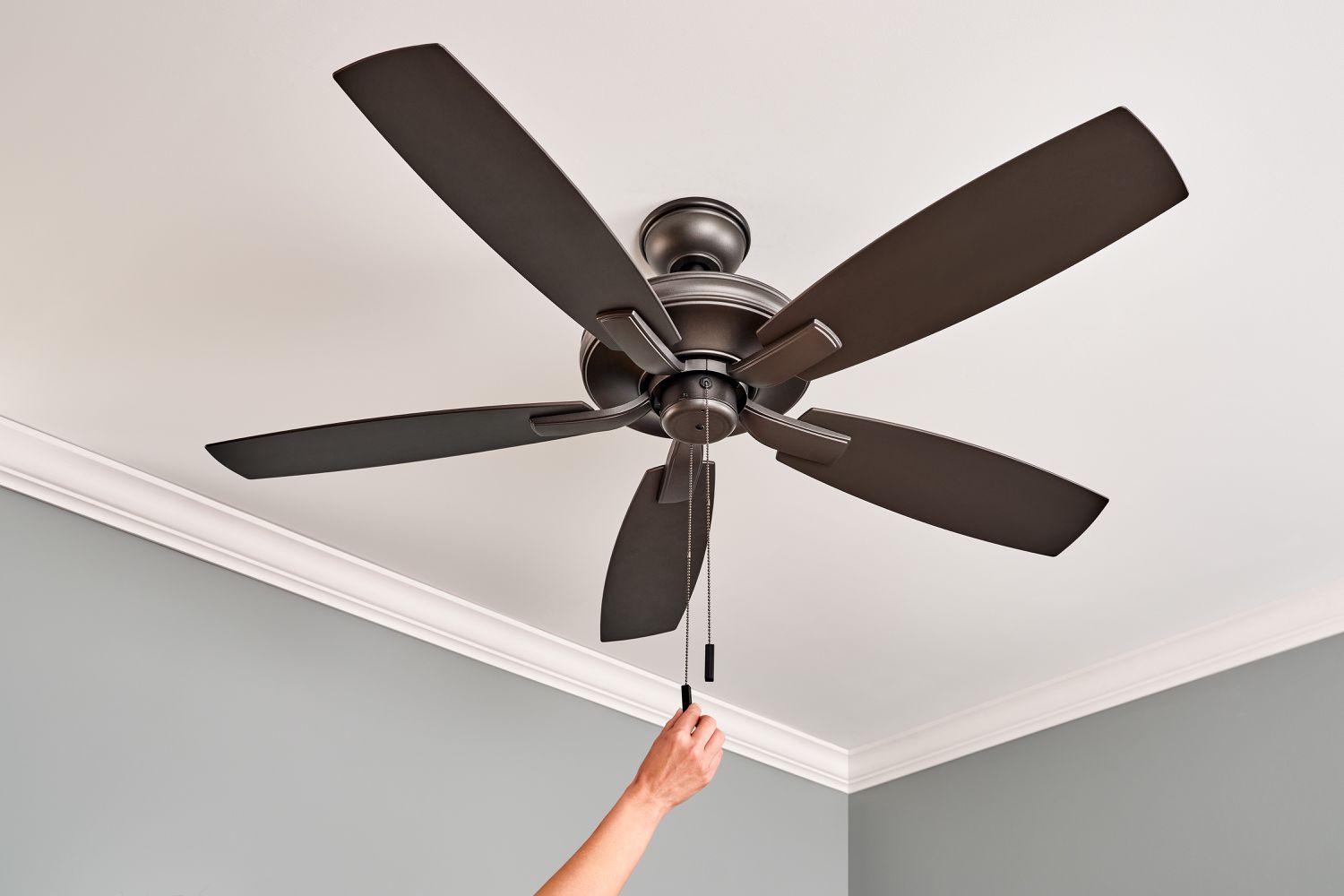

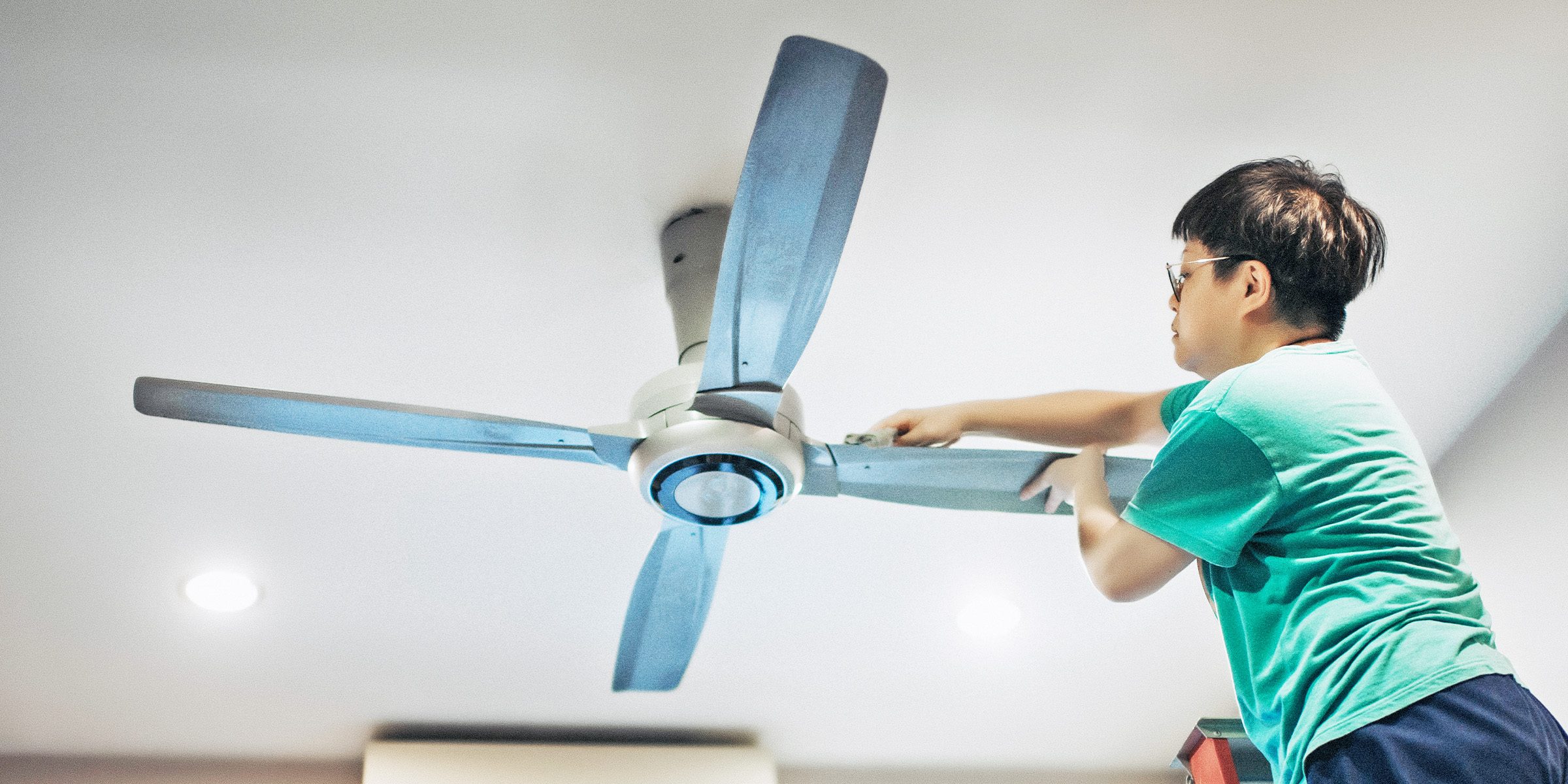
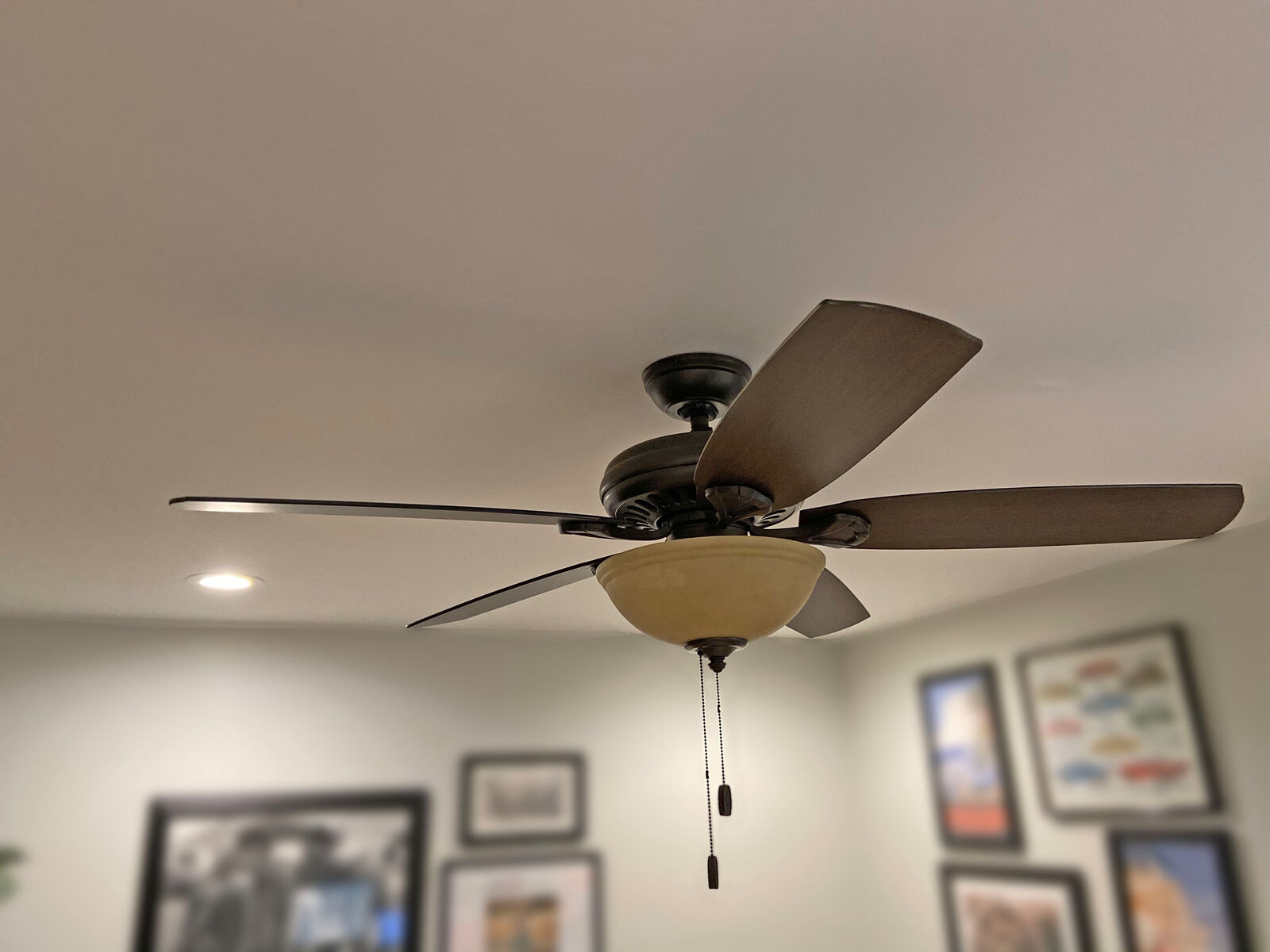
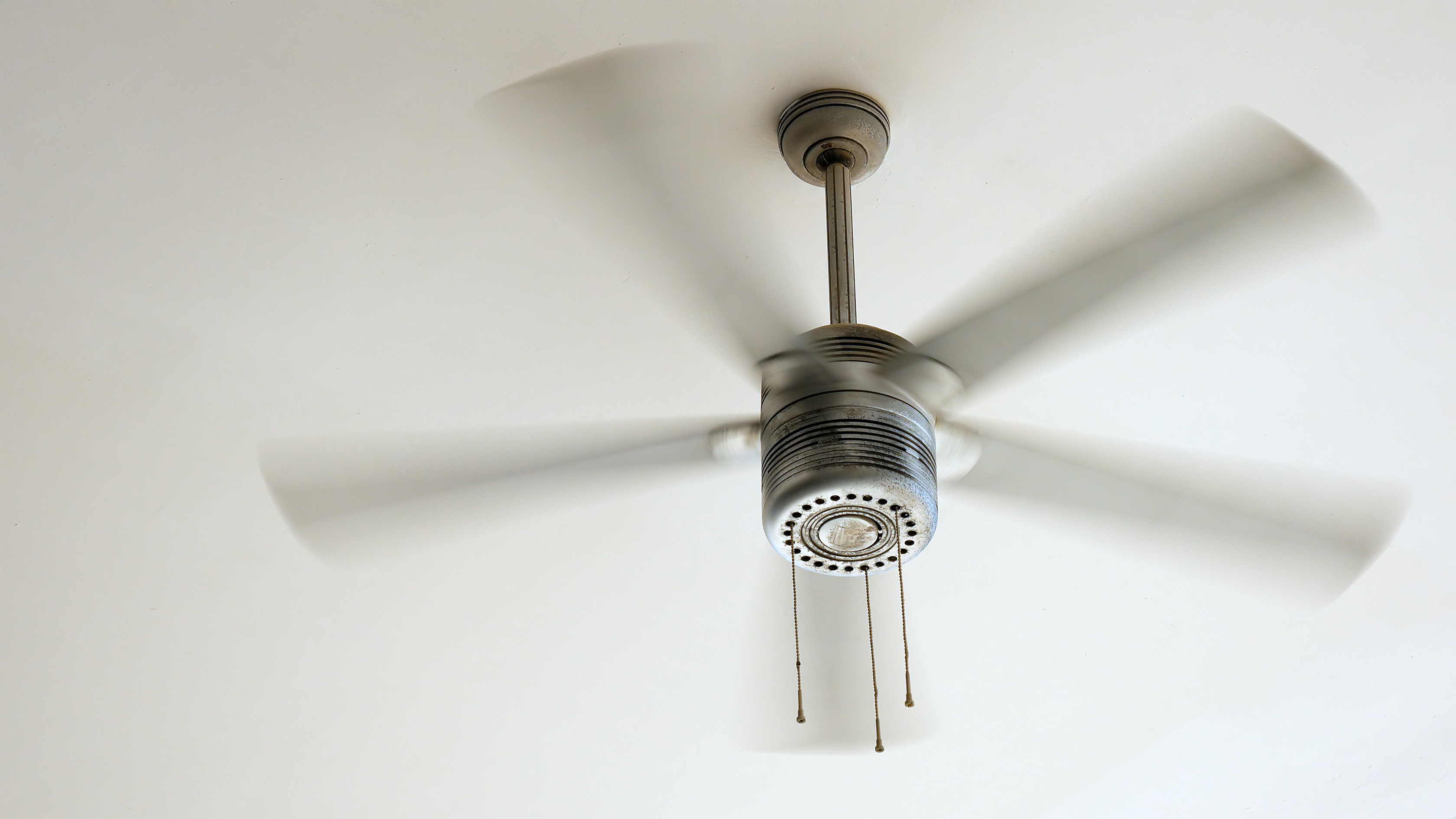
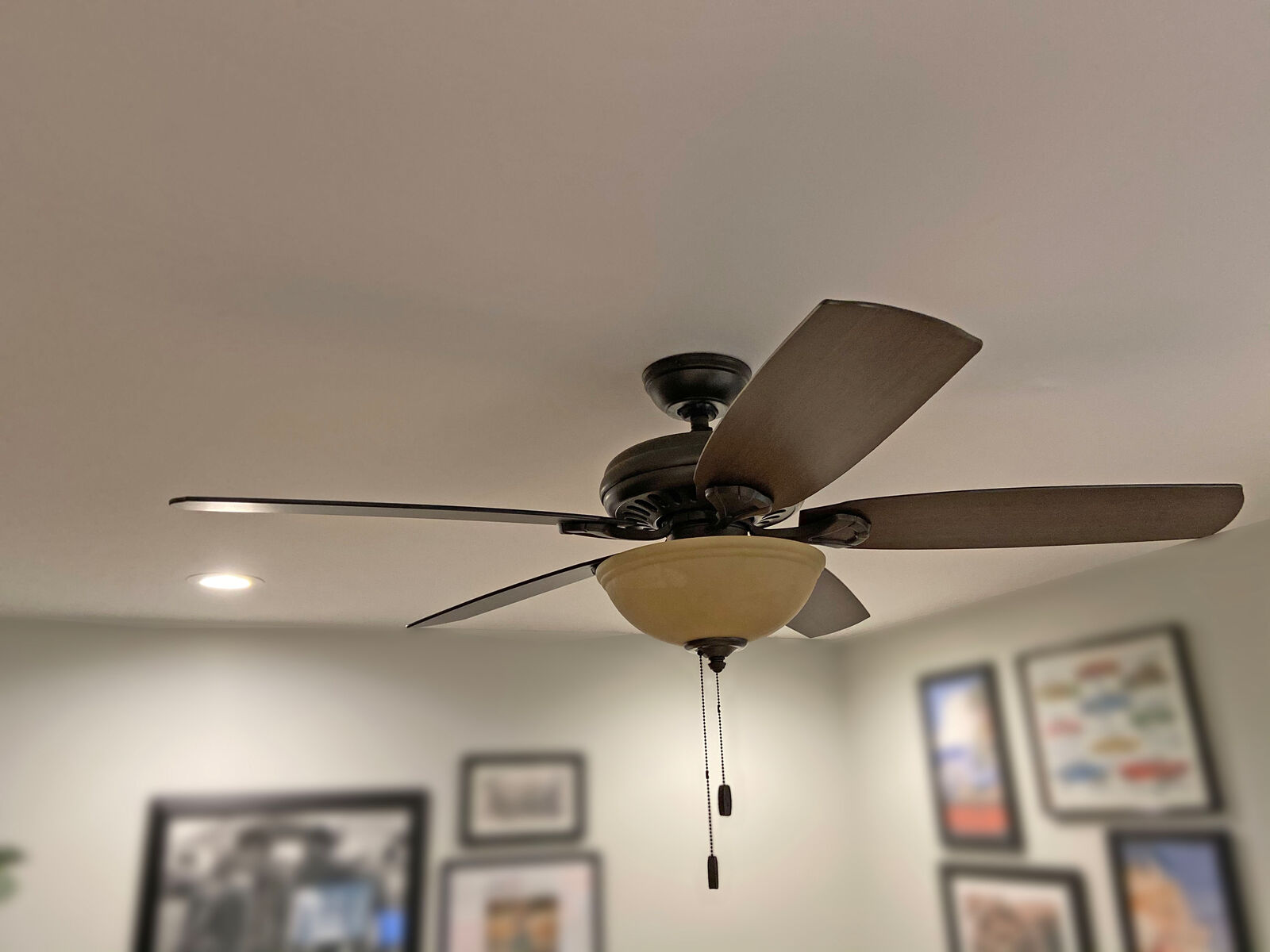
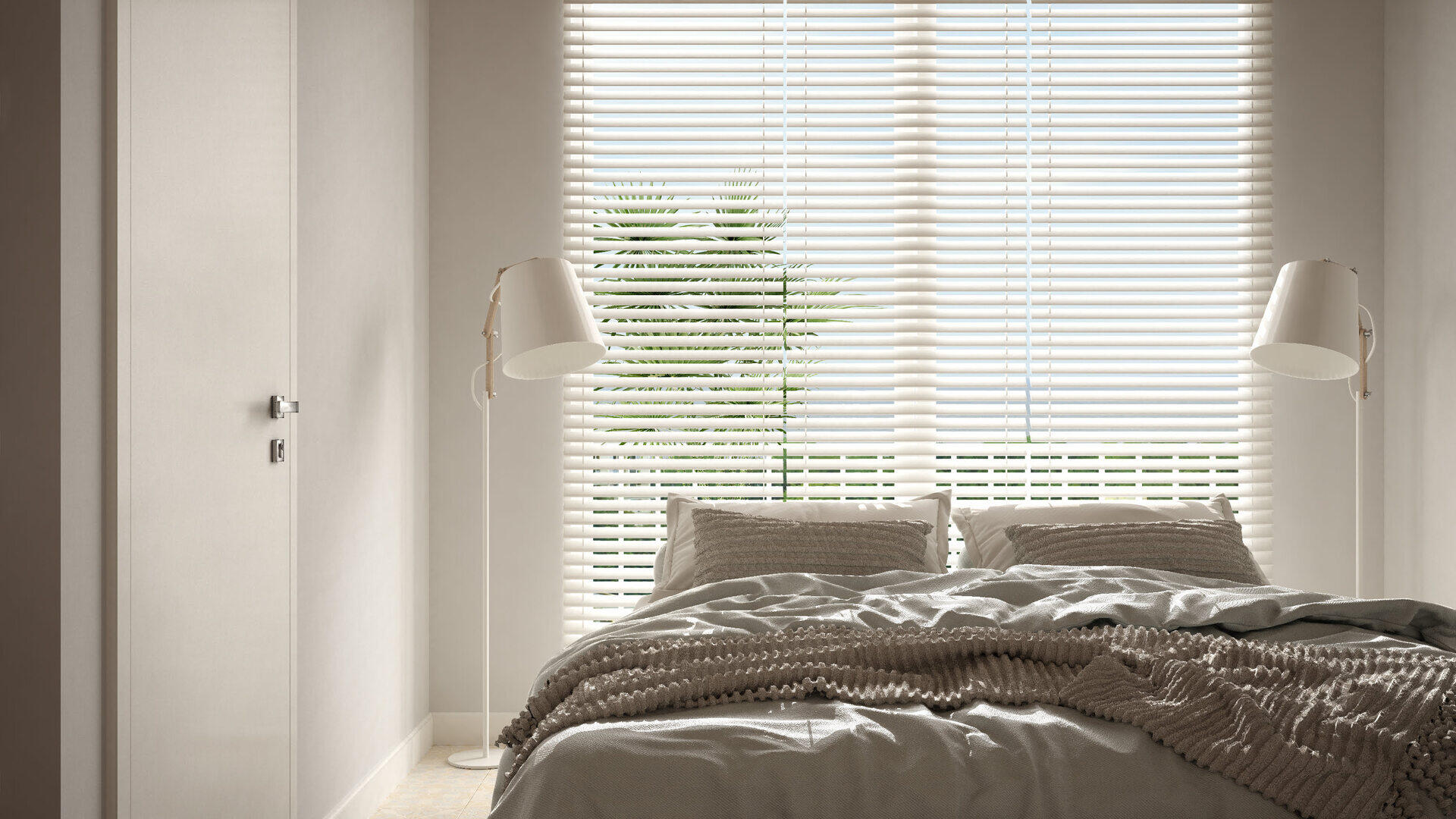
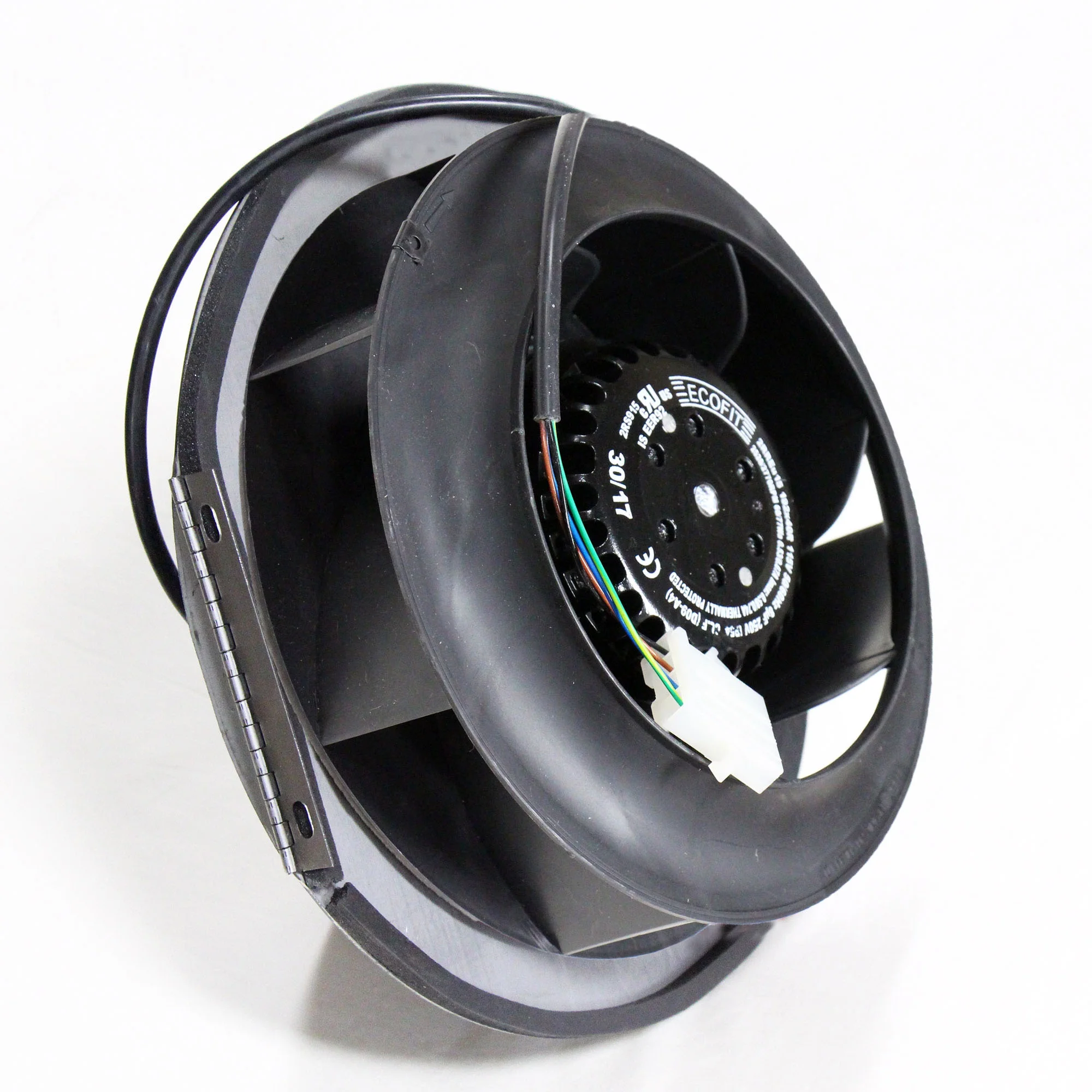
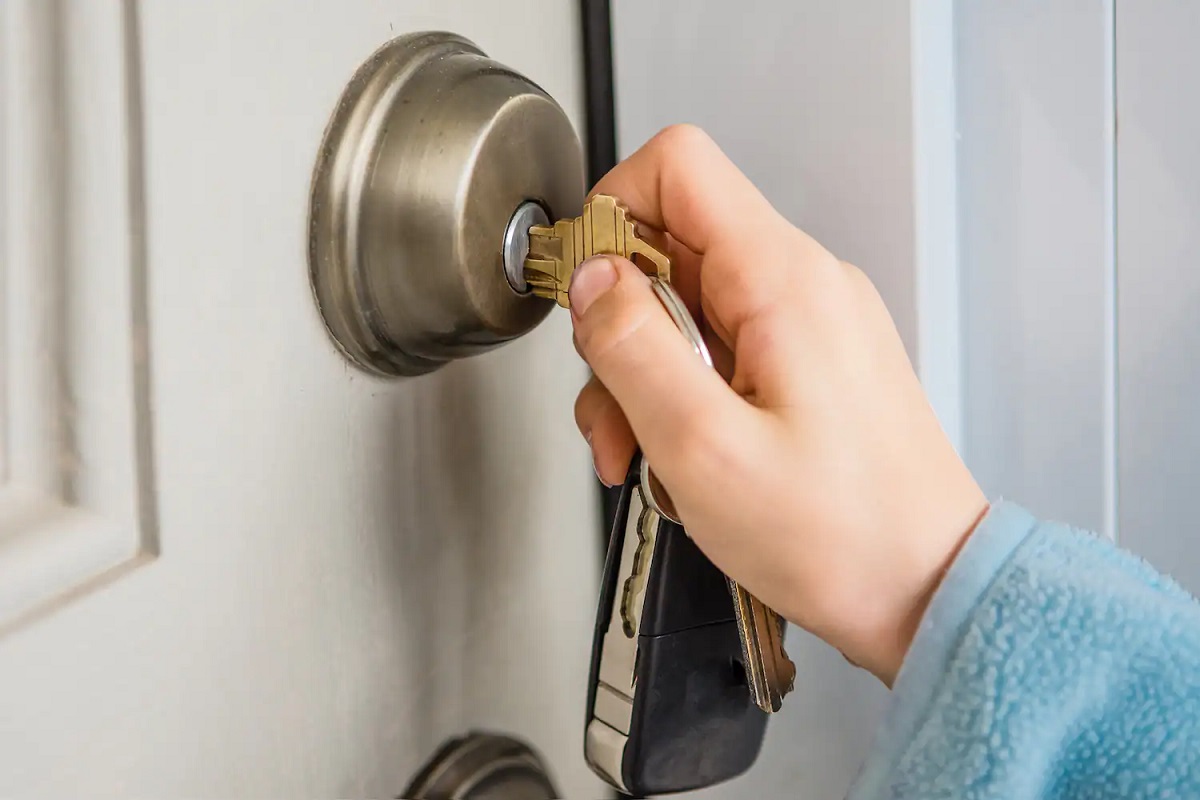
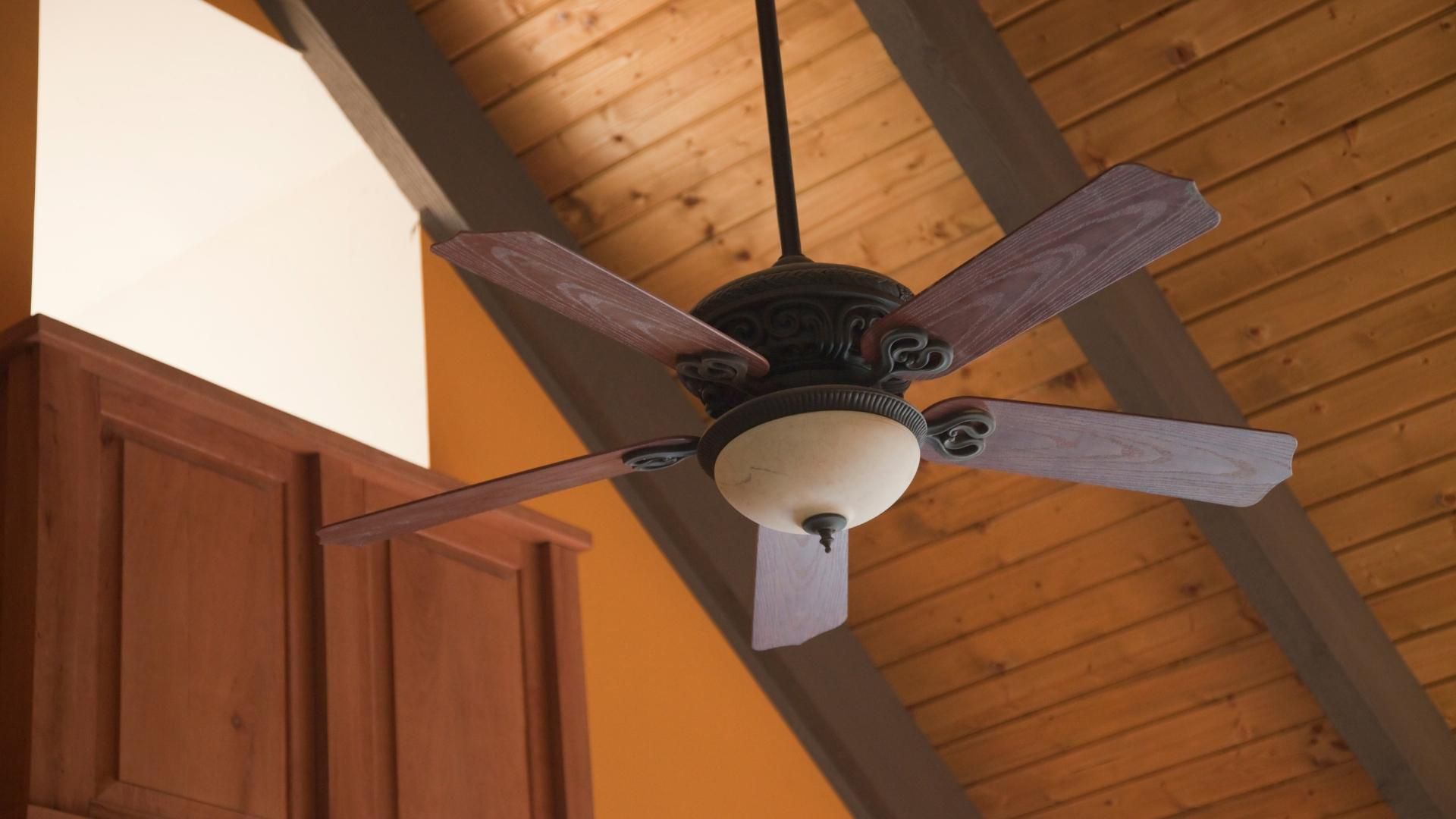

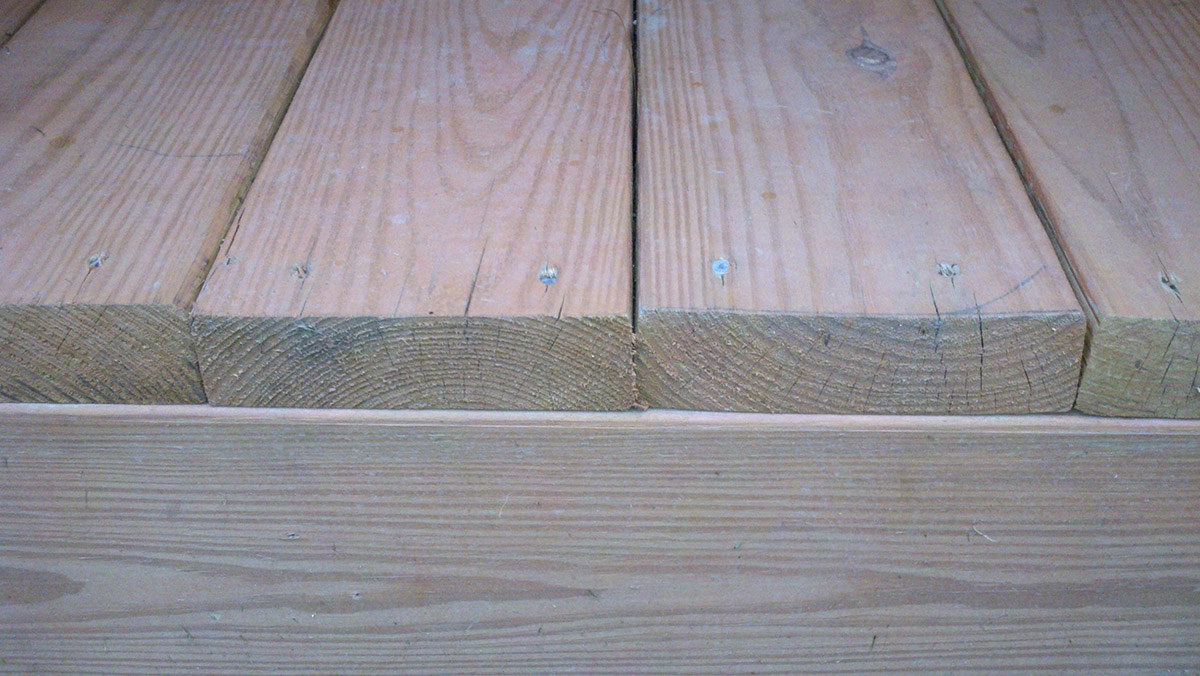

0 thoughts on “Which Way Is A Fan Supposed To Turn In The Summer”